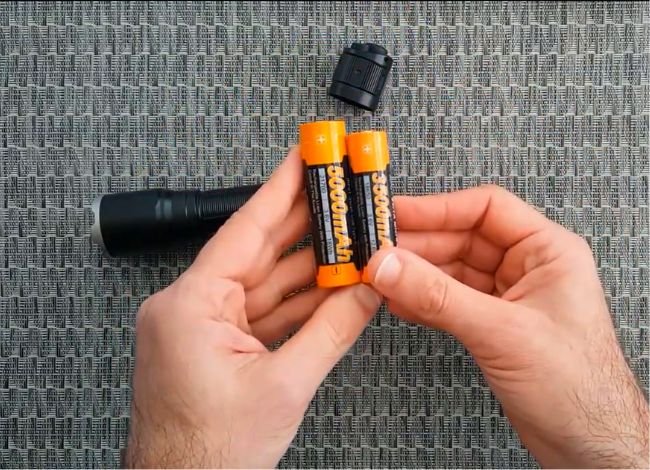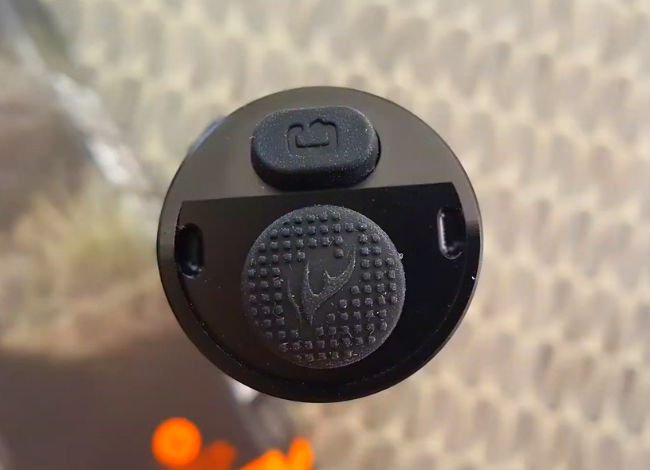Last Updated on September 10, 2025
The Fenix TK16 V2.0 is widely praised for its tactical performance, powerful 3100-lumen output, and durable design. It’s an ideal tool for law enforcement, military personnel, and outdoor enthusiasts who need reliable illumination in extreme environments. However, like any high-performance flashlight, the Fenix TK16 is not without its issues.
In this detailed guide, we’ll explore the most commonly reported Fenix TK16 problems, explain why they occur, and offer practical troubleshooting tips. Whether your flashlight is flickering, not charging, or switching modes unexpectedly, we’ve got you covered.
Common Fenix TK16 Problems and How to Fix Them
1. Flashlight Randomly Switching to Low Mode
The Issue
Some users report that the flashlight unexpectedly shifts to low mode, even when they attempt to use a higher brightness setting like Turbo or Strobe.
Possible Causes
- Low Voltage Protection (LVP): The Fenix TK16 is designed to reduce brightness when battery voltage drops to prevent damage.
- Faulty or Underpowered Battery: If you’re using a generic or degraded battery, the voltage may drop too quickly.
- Dirty Contacts or Threads: Poor conductivity can result in performance issues.
Solutions
- Use a Compatible Battery: Always use the Fenix ARB-L21-5000U or ARB-L21-4000P battery.
- Charge Battery Fully: A fully charged 21700 battery should read close to 4.2 volts.
- Clean the Threading and Contacts: Use a cloth or alcohol wipe to clean the flashlight threads and contact points.
Pro Tip: Always tighten the tail cap securely, as a loose connection can mimic battery failure symptoms.
2. Charging Issues or Battery Not Charging
The Issue
Another common complaint is that the flashlight won’t charge, or the indicator light doesn’t appear during the charging process.
Possible Causes
- Faulty Cable or Adapter
- Damaged Charging Port
- Battery Failure or Over-discharge
- Dirty Contacts in Charging Circuit
Solutions
- Try Another USB-C Cable & Adapter
- Use a Wall Adapter with Sufficient Output (5V/2A)
- Check for Debris Inside the Charging Port
- Replace the Battery if the indicator lights remain off
If you’re still facing charging issues, it’s time to contact Fenix customer support and check if your product is under warranty.
3. Flashlight Doesn’t Turn On
The Issue
You press the tail switch or side switch, but nothing happens—no light at all.
Possible Causes
- Incorrect Battery Installation
- Dead Battery
- Loose Head or Tail Cap
- Damaged Internal Circuitry
Solutions
- Ensure Correct Battery Orientation: Positive terminal should face the head.
- Fully Recharge or Replace the Battery
- Tighten the Head and Tail Cap Firmly
- Check for Dirt or Corrosion
Always store your flashlight in a dry environment to avoid corrosion buildup.
4. Flickering or Intermittent Operation
The Issue
Some users notice that the light flickers, especially at higher output levels, or works only intermittently.
Possible Causes
- Loose Tail Cap or Head
- Dirty or Dry O-Rings
- Battery Movement Inside the Tube
- Worn Switch Contacts
Solutions
- Clean All Contact Points with Alcohol
- Lubricate the O-Rings with Silicone Grease
- Ensure the Battery is Seated Properly
- Replace Worn O-Rings if Needed
5. Mode Cycling or Stuck in One Mode
The Issue
Users are unable to switch between brightness levels or find the flashlight stuck on one mode, regardless of input.
Possible Causes
- Software Glitch or Internal Error
- Low Battery Power Preventing Full Functionality
- Incorrect Mode Memory Settings
Solutions
- Reset the Flashlight: Remove the battery for 30 seconds and reinsert.
- Fully Recharge the Battery
- Consult the Manual for Mode Switching Instructions
Before You Return It – Fenix’s Suggested DIY Fixes
Before sending your flashlight in for repair, Fenix recommends performing the following DIY maintenance tasks:
1. Clean the Flashlight Threads
Use cleaning oil or alcohol to remove dirt from threads. Apply silicone grease after cleaning to ensure proper contact.
2. Tighten the Tail and Head Caps
Make sure the tail and head are fully secured, as loose parts can cause malfunctions.
3. Replace the Battery
Old or damaged batteries are often the root cause of flashlight issues. Try using a new, fully charged Fenix-approved battery.
4. Review the Manual
Sometimes the issue is simply a misunderstanding of the functions. Refer to the user manual to ensure you’re using the flashlight correctly.
Preventative Tips for Fenix TK16 Owners
To avoid common Fenix TK16 problems:
- Avoid Overuse in Turbo Mode: Running at max brightness for extended periods causes overheating.
- Store Properly: Keep in a cool, dry place; remove battery during long storage periods.
- Clean Monthly: Clean the threads and reapply lube every month.
- Use Only Fenix Accessories: Avoid third-party chargers or batteries unless verified compatible.
Fenix Warranty and Customer Support
Fenix offers an industry-leading warranty on their flashlights. If your TK16 flashlight continues to have issues after troubleshooting:
- Check Warranty Eligibility: Usually covers manufacturing defects for up to 5 years.
- Contact Fenix Support: Provide purchase proof, a clear description of the issue, and your attempts at troubleshooting.
- Replacement or Repair: Fenix may send a replacement unit or repair it depending on the issue.
Final Thoughts: Is the Fenix TK16 Still Worth Buying?
Despite these reported problems, the Fenix TK16 V2.0 remains one of the most trusted tactical flashlights on the market. With robust build quality, tactical functionality, and exceptional brightness, it’s a top choice for professionals who need a reliable lighting tool.
However, like any high-performance device, it requires proper handling and occasional maintenance. By following the steps outlined in this Fenix TK16 troubleshooting guide, you can extend the life of your flashlight and avoid common issues.
